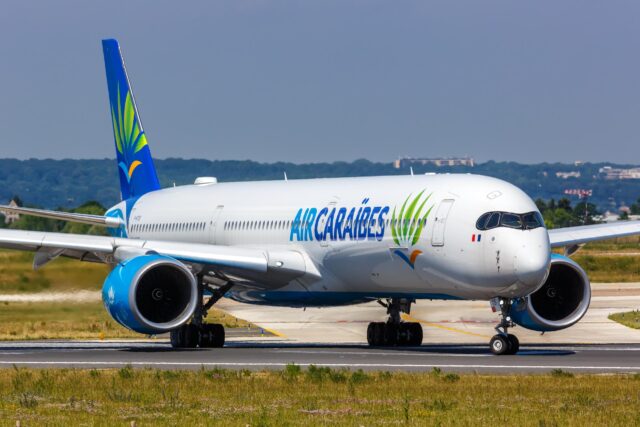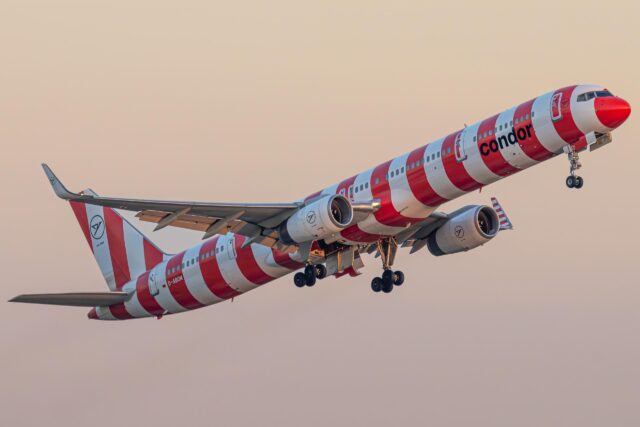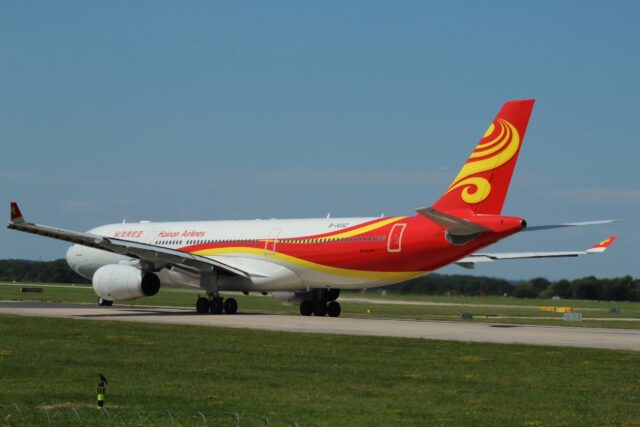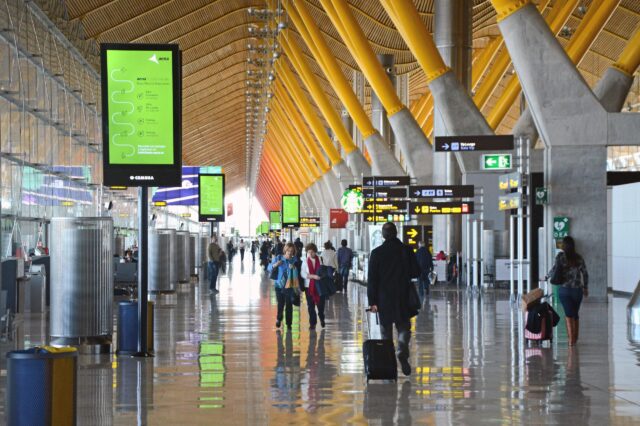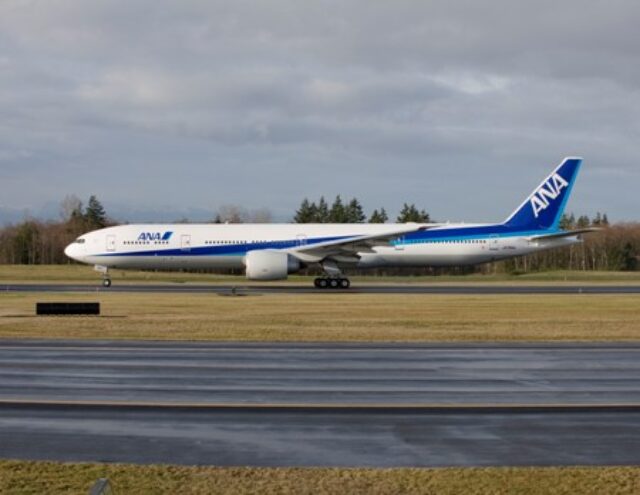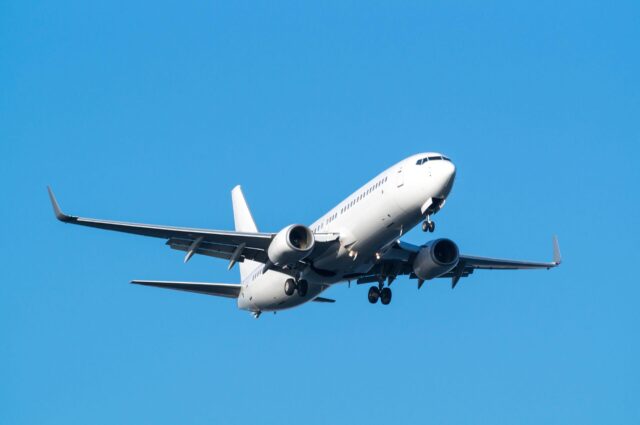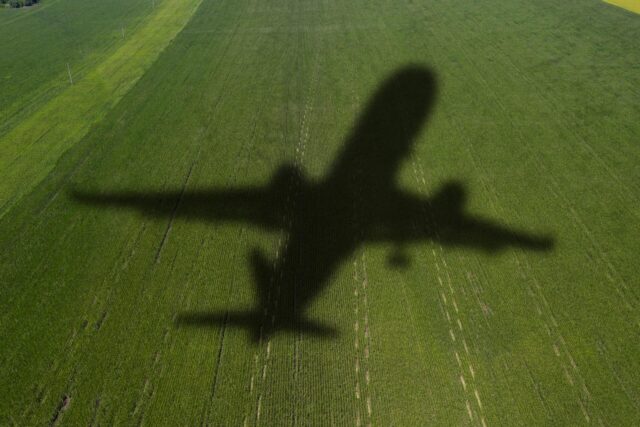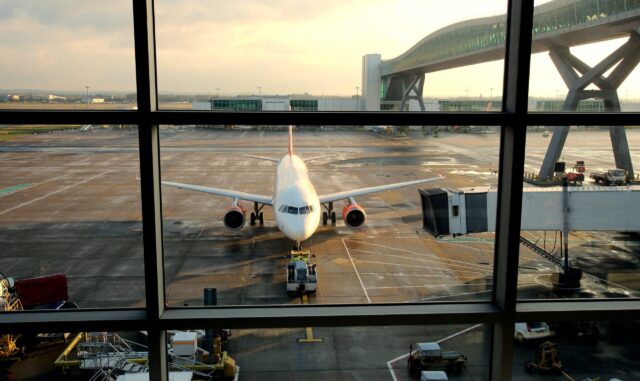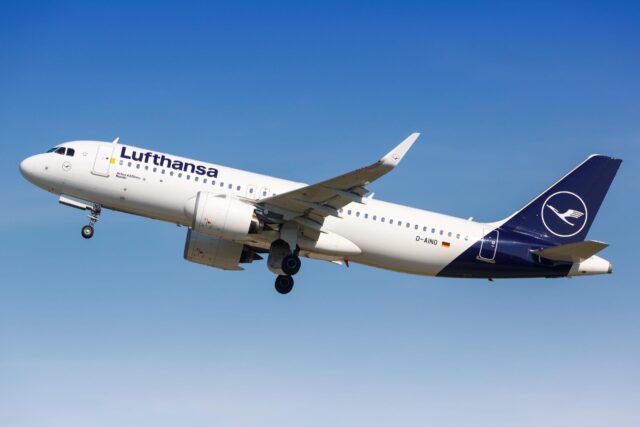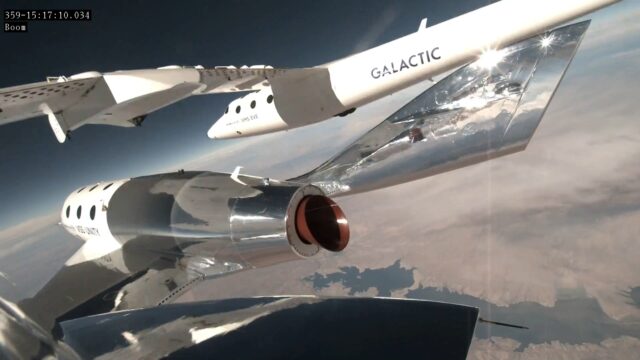Boeing delivery delays ‘behind them’ as Akasa Air plans for almost 200 more 737 MAX deliveries by 2032

July 23, 2025

Akasa Air, India’s youngest major airline, has announced plans to expand its fleet to 226 Boeing 737 MAX aircraft by 2032.
Akasa’s future fleet will include the MAX 8, the higher-density MAX 8-200, and the larger MAX 10. The company has already ordered over 200 737 MAX aircraft, including a huge 150-aircraft order at Wings India in 2024.
Although Akasa originally expected a delivery rate of one aircraft every two weeks, only 30 have been received so far due to wider Boeing delays. Chief Financial Officer Ankur Goel told reporters the airline sees Boeing deliveries picking up in the coming years.
“We expect fewer aircraft in the near term-over the next two to three years-after which the delivery rate is likely to increase,” he said.
Akasa currently operates 23 Boeing 737 MAX 8s, each seating between 185 and 189 passengers, and seven 737 MAX 8-200 jets with 197 seats. The airline also has 737 MAX 10 aircraft on order, configured to seat 227 passengers, with deliveries projected to begin in 2027.

Goel stated that the airline remains in regular discussions with Boeing and has received indications that deliveries may occur sooner than initially expected. “Most of Boeing’s earlier delivery issues appear to be behind them,“ he added.
The comments from Akasa’s CFO come after Ryanair boss Michael O’Leary said Boeing’s deliveries had ‘dramatically improved’.
Akasa Air sees strong revenue growth but profitability remains elusive
Akasa reported ‘robust growth’ for the fiscal year ending 31 March 2025, with revenue up 49% year on year and capacity rising 48%. However, it did not disclose any profit figures.
“Akasa Air’s financial performance reflects the strength of our business model and the disciplined execution of our strategy,” says Goel. “We are optimistic about the future and are looking forward to building on the momentum of our financial and commercial performance.”
EBITDAR margins improved by 50%, driven by tighter cost control and operational gains. However, Goel clarified that the airline is not yet profitable on an overall basis.

“The cost of capacity expansion at the company level currently offsets the improvements we’re seeing in revenue and unit costs,” he pointed out. “We do expect this equation to shift as the business scales further and the trends in cost and revenue continue to move in the right direction,” he said, exuding confidence.
A rocky road for Indian aviation
Akasa’s ambitious growth trajectory comes at a time when Indian aviation is grappling with aircraft shortages, rising costs, and the fallout from recent airline failures, such as Go First’s collapse.
Despite these conditions, Akasa continues to add aircraft and expand its route network. As of March 2025, it recorded over 16 million passengers, compared to 8.7 million in the previous year.
The airline reported an average load factor of over 87%, indicating steady seat occupancy across its network.
Akasa targets capacity growth of a third in the next year
For FY 2025-26, Akasa is targeting capacity growth of over 30%, and expects this to contribute to continued gains in revenue per seat mile.
Akasa plans to enhance connectivity through upcoming hubs like Navi Mumbai and Noida International Airport, both expected to boost infrastructure and slot availability.

The fleet expansion will also require an increase in human resources. Akasa plans to grow its pilot workforce to 770-775 by the end of the current fiscal year. This effort aligns with broader industry projections that India will require 35,000 to 40,000 new pilots over the next decade.
The airline is also expanding its ancillary revenue streams, now offering more than 25 services beyond core fares. These products are intended to diversify income and strengthen the financial model beyond core passenger fares.
Cargo continues to play a key role, with the airline transporting nearly 100,000 tonnes by the end of FY 2025. This segment is expected to remain a consistent part of Akasa’s revenue strategy.
To support its ambitious growth, Akasa secured fresh investment commitments during FY 2024-25. The funding, currently awaiting regulatory approval, is intended to bolster both its expansion strategy and long-term financial resilience.
